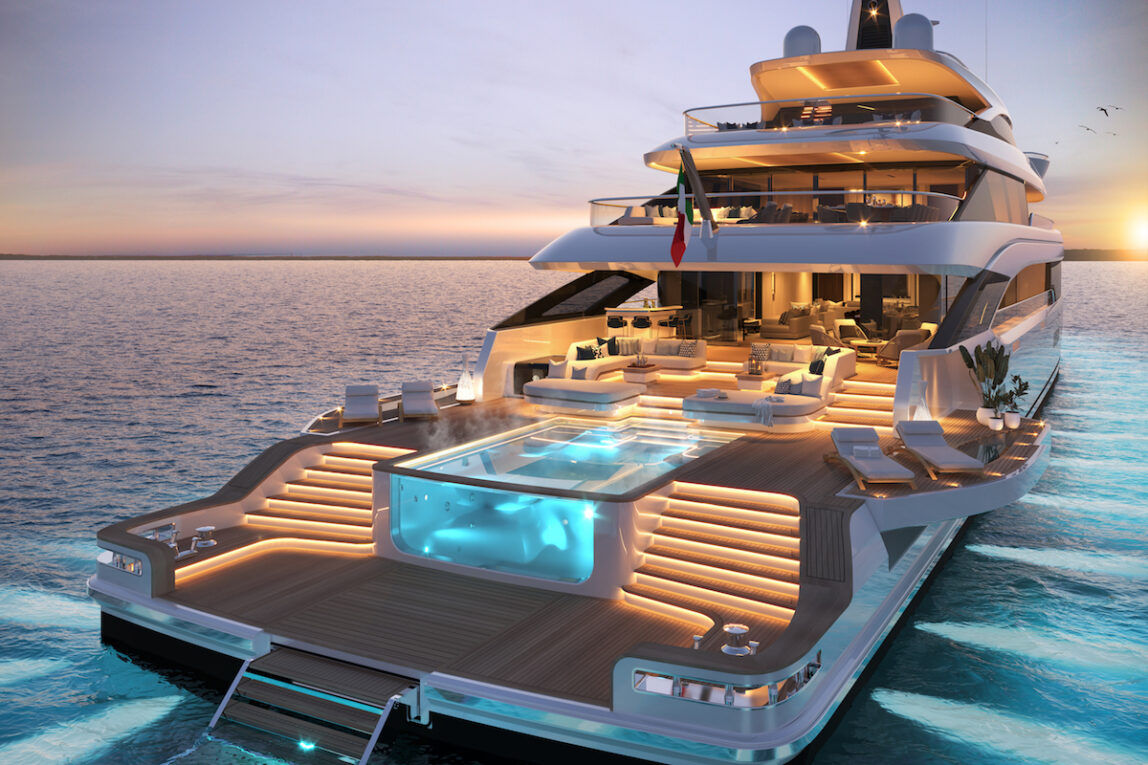A new class of vessels for the ultra-wealthy
Superyachts have become a symbol of the ultimate in luxury living for the world’s richest individuals. As billionaire fortunes have grown at an explosive pace over the past few decades, so too has the size and opulence of the largest pleasure vessels. What began as large cruise ships for royalty and heads of state has evolved into floating mansions that push the boundaries of extravagance.
Superyachts are generally defined as recreational vessels longer than 80 feet or 24 meters. Some key attributes that distinguish them from traditional yachts include greater length, luxury amenities comparable to the finest hotels, and significantly higher price tags often exceeding $10 million and frequently over $100 million for the largest models. Owners have access to expansive deck spaces, opulent staterooms decorated with the finest materials, swimming pools, helipads, spas, gyms and more. Crew members outnumber guests to ensure an ultra-high level of personalized service.
The evolution of the modern superyacht
The earliest Superyacht date back to the 1950s and were owned by oil tycoons, aristocrats and other industrialists. As the post-WWII economy boomed, designs grew larger and focused more on entertainment with features like expansive sundecks and water toys. By the 1980s, the advent of billionaires in industries like tech and finance accelerated growth and pushed designs toward ever more lavish interiors. The entry of Russian oligarchs and Middle Eastern royalty in the 2000s brought demand for vessels over 300 feet with limitless budgets, setting new records for size and price.
Today’s largest superyachts
At over 530 feet, the Eclipse owned by Roman Abramovich still holds the title as the world’s longest private yacht since its launch in 2010. Only a small number of vessels eclipse 300 feet with asking prices well above $500 million. Some record-breaking recent launches include the Fincantieri-builtREV at 183 meters and the Lürssen engineered Tis owned by Russian tycoon Andrey Melnichenko at 143 meters, a whole small village could fit on board. These floating behemoths go beyond luxury and operate more as custom mobile mansions or small cruise ships with dozens of luxury cabins, swimming pools, spas, helipads, submarines and other amenities.
Market trends and the rising new mega yacht class
Industry experts forecast continued strong growth in the superyacht market driven by expanding wealth creation worldwide with Asia emerging as a new hotbed. While the mega yachts above 300 feet capture headlines, the largest segment by number of vessels remains 80-150 feet catering to high net worth individuals. However, a new class is developing in the 150-250 foot range appealing to tech entrepreneurs, hedge fund managers and others worth billions. Iconic shipyards like Feadship, Lürssen and Amels are booked years in advance to meet escalating demand. The economic impacts are also significant with annual superyacht construction estimated at over $5 billion globally when including supporting services.
Life aboard the ultimate status symbols
Owning a superyacht at the top of the market elevates owners into an exclusive club with instant name recognition within their industry and social circles. Aboard, daily routines resemble a luxury resort with top chefs, activities directors and an army of stewards coordinating customized itineraries. Owners often enjoy complete privacy with full control over access and features. Mega yachts of 300+ feet allow truly decadent amenities like helicopter pads, submarine garages, on-board night clubs and theaters producing an unmatched lifestyle experience of excess. For most, superyachts offer not just recreation but also become statements of power, success and networking hubs to entertain business partners and political allies from around the world. No expense is spared to satisfy even the wealthiest clients’ wildest dreams of the high seas.
Impact and criticism
While spurring local economies that build and service the vessels, superyachts also attract scrutiny for their exorbitant environmental footprint and displays of wealth at a time when inequality is rising. Giant superyachts may consume over 600 gallons of fuel per hour at cruise speeds exacerbating climate change. Local residents in places like the Mediterranean protest the influx of vessels clogging ports and disrupting lifestyles especially during the peak summer season. However, with billionaires continuing to accumulate fortunes at a historic pace and superyachts serving as trophy assets, the future remains bright for shipyards building the most extravagant floating mansions yet seen and fulfilling the limitless indulgence of the global super rich.
*Note:
1. Source: Coherent Market Insights, Public sources, Desk research
2. We have leveraged AI tools to mine information and compile it

